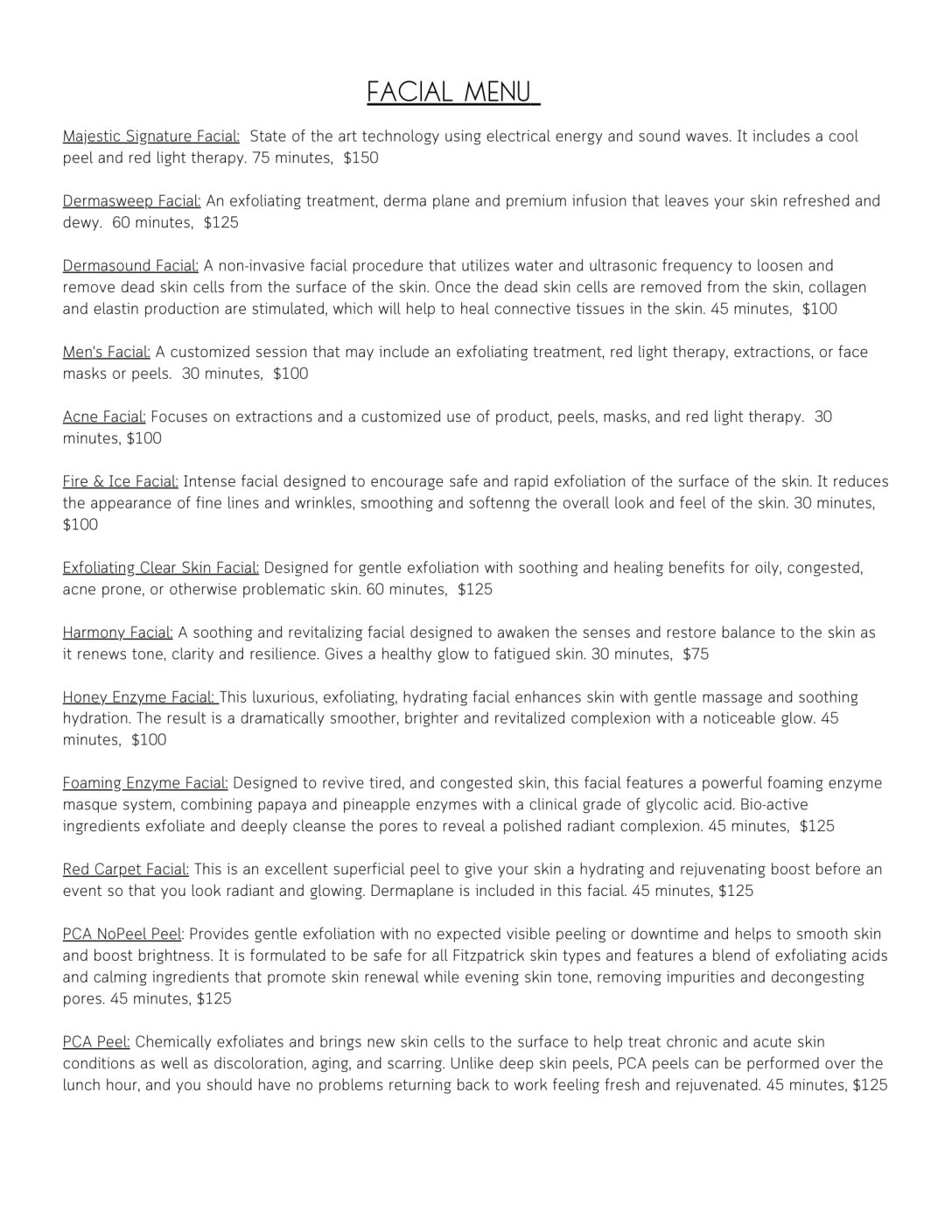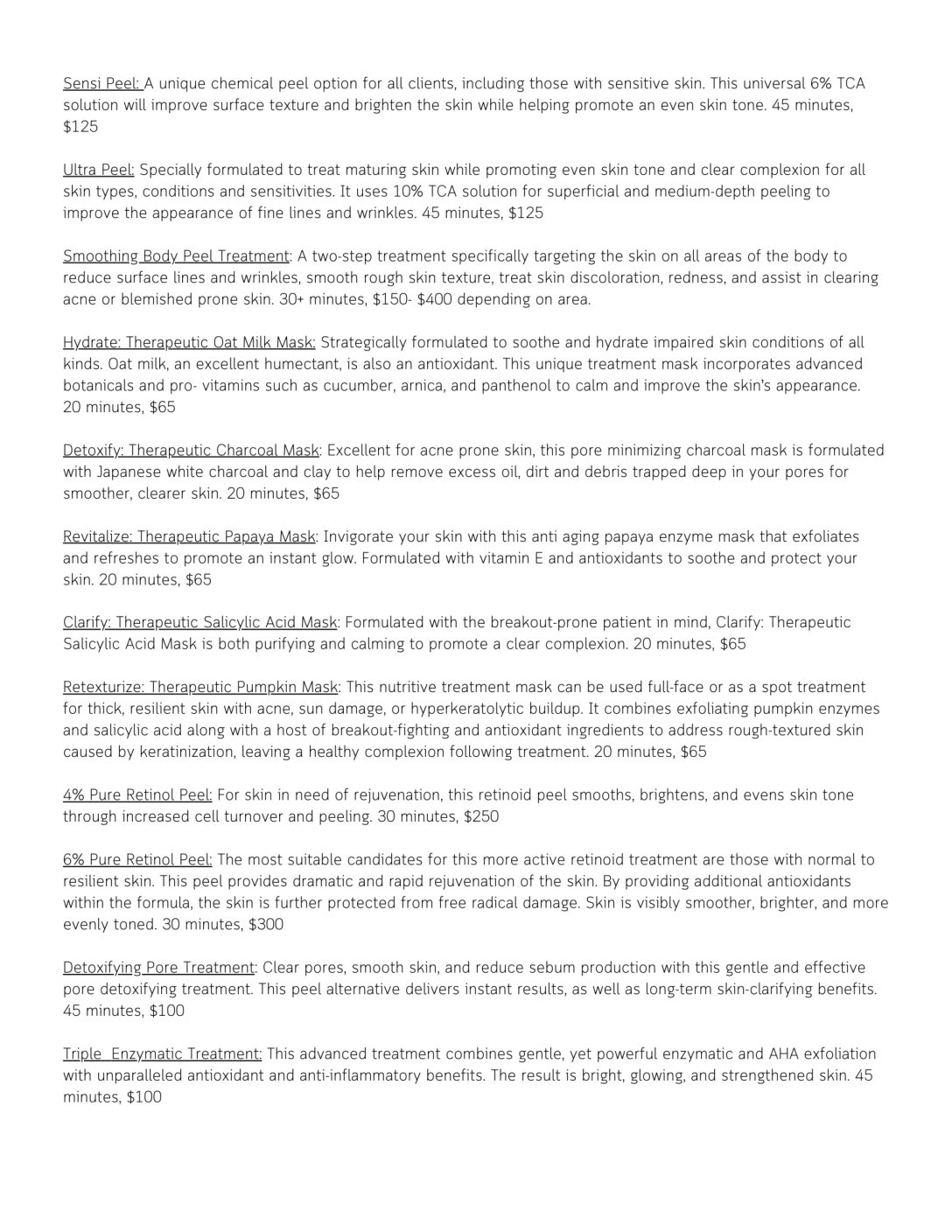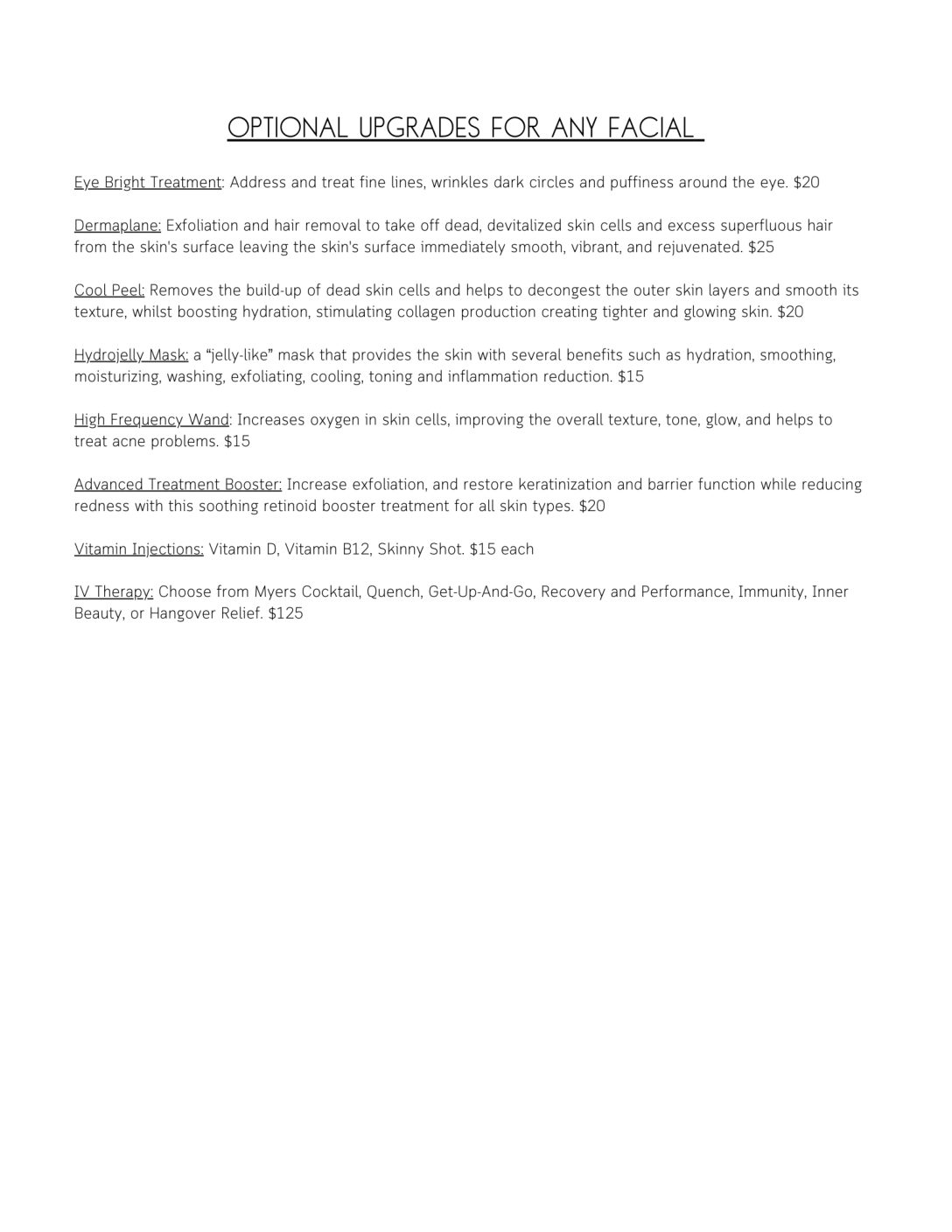We have used the chirally correct versions of vitamin C in all of our products and Lactic acid, and panthenol, and tocopherol (in some of the products). Vitamin A is not a molecule that has to be used only in one form: both are used: generally in its trans form e.g. all-trans-retinoic acid does most of the work on DNA, but cis- retinoic acid and di-dehydro-retinoic acid are essential for other DNA activities.
The vitamin E that we use is either as chirally correct tocopherol, or racemic tocopherol acetate.
Chiral molecules
Chiral: is derived from the Greek word meaning “Hand”
This is a rather complex chemical topic and I shall try and explain this as simply as possible and then give a more detailed explanation (but still just a brief one). Chirality concerns mirror image phenomena in chemistry but is also frequently found in nature, e.g., human hands, eyes and feet are identical opposites, or mirror images, of each other. The buzz-word right now in USA is about this “new” scientific breakthrough. The importance of Chirality was first recognized by Louis Pasteur when he investigated the differences between tartaric acid and racemic acid. He discovered that racemic acid crystals consisted of 50% crystals identical to tartaric acid and the other 50% were mirror images of tartaric acid crystals. He explored the effects of polarised light passing through solutions of these two and found that tartaric acid rotated light to one direction and the mirror image crystals rotated polarized light to the exact same degree but in the opposite direction. Racemic acid did not rotate light at all because the two versions cancelled out their effects. The different versions are called enantiomers which have the same number of atoms, are physically and chemically identical, except for one critical area, how they link up and interact, or, more importantly, react, with other molecules in the body.
Basically, some the atoms of organic molecules are arranged in such a manner that when one looks at their mirror image, then the mirror image is exactly the same as the molecule. These molecules are called achiral – that means that the molecule does not have a left or right hand. E.g. glycolic acid
CO2H CO2H
I I
H – C –OH HO – C – H I I
H H
Glycolic acid which rotates 180 degrees to mirror image
glycolic acid – it’s the same
If you check even the chirally motivated companies, they will not say that the glycolic acid is chirally correct
Other molecules are not mirror-identical and these are called chiral molecules i.e. they come in left hand versions and right hand versions These are also called isomers e.g. trans –retinoic acid, cis-retinoic acid. It happens that only one of these versions works with the metabolism of our bodies. The version that works properly is the one that is called chirally correct.
If you look at your Environ training manual you will see that under the topic lactic acid, I have already dealt with this in an attempt to show the differences between chirally correct l-lactic acid and the other form d-lactic acid which we make in our muscles when we exercise. D-lactic acid causes pain in the muscles whereas l- lactic acid does not. The topic of lactic acid is complex because l-lactic acid is also known as D(-)-lactic acid or (R)-(-)-lactic acid. We won’t go into that!
To remind you:
CO2H CO2H
I I
CH3 – C -OH HO – C – CH3
I I H H
l-lactic acid d-lactic acid
What I should point out is that the regulations of COLIPA and we believe CTFA soon as well, forbid the declaration of the chiral status of a molecule e.g. we cannot declare that we use l-lactic acid, or l-ascorbic acid, or d-tocopherol etc
In nature and generally when a chiral organic molecule is synthesised, then both versions are made and this mixture of left handed and right handed molecules is called a racemic mixture: in fact usually half of it will be the chirally correct molecule because the mixture is usually 50/50. Therefore a racemic mixture will be half as effective as the chirally correct one. We only have to worry whether the chirally incorrect one will be a poison e.g. thalidomide. d-Lactic acid cannot be properly metabolised and that is why it causes pain in the muscles after
exercise in many people. However, remember that the cellular mechanism made the d-lactic acid! So non-chiral forms can also be natural! d-Lactic acid does not have the same effects on skin as chirally correct l-lactic acid. The same thing is true for ascorbic acid which is available as d-ascorbic acid (inactive) or l-ascorbic acid (cosmeceutically active). A racemic mixture of ascorbic acid (d-l) and d- ascorbic acid are not listed in the SIGMA list of compounds. dl-Tocopherol is well known and used. The l-tocopherol is not active and the chirally active form is d-tocopherol. In this particular case, when racemic mixtures of vitamin E are used, then we have specifically doubled the concentration so that we get the effect that we require. The l-tocopherol part of the compound is ineffective and does not have any negative effects and because dl-tocopherol-acetate is more easily available and less expensive, it can be used provided that the concentrations are adjusted.
Racemic mixtures can often be separated into their individual l and r versions but this may add considerable expense to the compound.
Chirally Correct only applies when the molecule interacts with another chiral molecule e.g. an enzyme. This is where you have to understand handedness properly. A right hand can only use a right hand glove. Both of these are chiral. A right hand or a left hand can use a baseball club because the baseball club is achiral – it is a perfect mirror image always. Chiral interactions produce only the positive effects of the ingredient or nutrient, and may eliminate any adverse reactions. The human body is selective about which “part” of a given compound it can put to use and which is useless, or even harmful. This may be one reason why some people are allergic to skin care products.
Limonene is an active compound in citrus fruits. In nature, limonene always has both left handed (L) and right handed (D) molecules. Natural limonene is DL limonene. Let’s compare the different properties & uses of these naturally occurring ‘twin’ molecules:
- D-limonene (right-handed) is the version used for industrial cleaners & It’s used as a tire solvent (for recycling tires), it’s known to cause allergic reactions, and it promotes mutations in human embryos & promotes free radicals. This has an orange smell
- L-limonene (left-handed) suppresses tumor growth (particularly melanoma) & fights free This has a lemon smell.
Scientists have firmly established that Chirally Correct molecules determine how, or even if, a particular ingredient will be effective. Amino acids are chiral molecules and generally only the l-versions are active. That is why DNA twists as it does. Therefore, in order for a product to be its most effective, its ingredients must be Chirally Correct. Research has clearly shown that Chiral compounds and their properties are part of every biochemical process in the human body.
They are the root cause of why some products or ingredients work and others do not. While the L may give desired results, the D may cause problems – or visa versa depending on the case. When a product is Chirally Correct, it means that it contains only the molecules with the ability to give the desired result. It is also why all products that are either ingested or applied topically should be chirally correct and one day soon, they will be!






